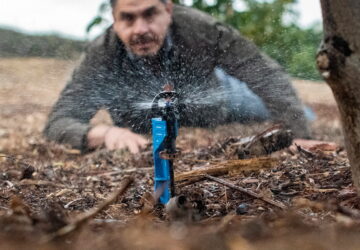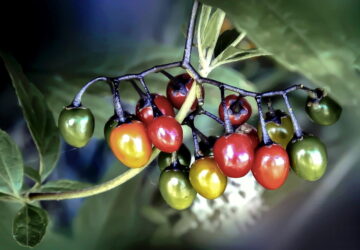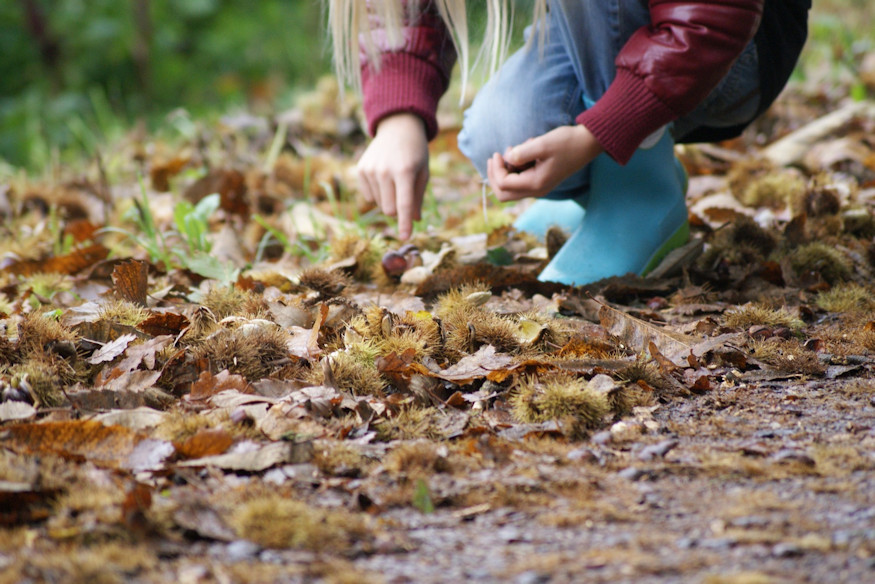When autumn arrives, it’s a magical time in your garden as trees put on their vibrant display of colors and start shedding their leaves. The sight of fallen leaves covering your landscape may seem like a daunting task, but don’t rush to grab the leaf blower just yet. Instead, consider turning this bounty of foliage into nutrient-rich compost that can breathe life into your garden.
However, not all tree leaves are created equal when it comes to composting. Let’s explore which leaves can be your garden’s best friend and which ones may need special treatment.
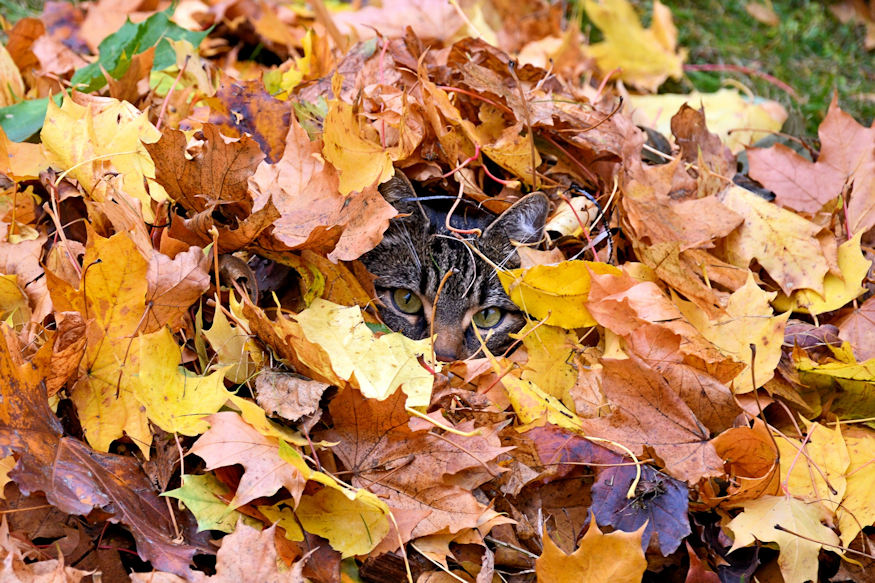
Maple, Birch, Linden, Elm, Beech, Alder, Ash, Hornbeam
Breaks down quickly.
These leaves are the overachievers of the composting world. They break down swiftly and can be easily tossed into your compost pile. Their leafy remains make fantastic mulch, offering your garden both nutrients and a tidy appearance.
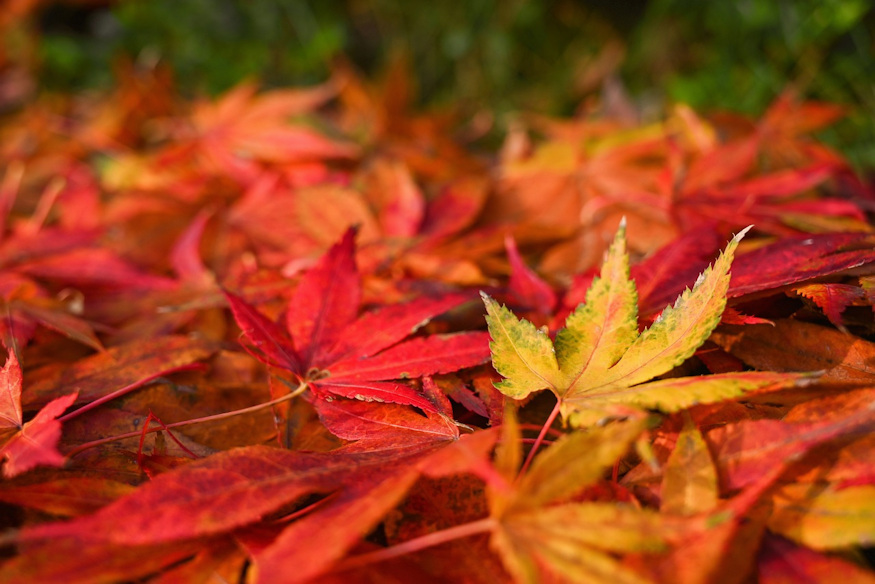
Common Hazelnut, Sweet Chestnut, Fruit Trees, Grapes
Breaks down quickly.
These leaves also decompose relatively fast, making them suitable for composting. However, it’s crucial to ensure the leaves are healthy. Leaves affected by disease or pests might introduce unwanted elements into your compost, so be discerning when choosing which to compost.
Poplar, Sycamore
Breaks down slowly.
These leaves are a bit more stubborn, breaking down at a slower pace. Since they tend to stick together, it’s wise to mix them with leaves from other tree species before composting or using them as mulch. Their tenacity can still be a valuable addition to your garden.
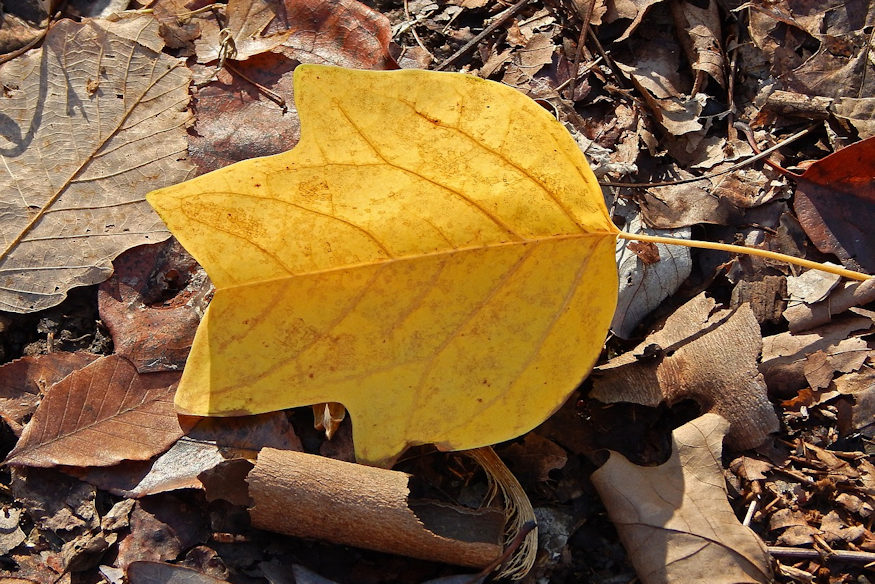
Oak
Breaks down slowly.
Oak leaves are known for their slow decomposition, but don’t let that discourage you. Composting oak leaves separately is a practical choice. Due to their low pH value, they can benefit plants that thrive in acidic soil, so consider them as a hidden gem for your garden’s acid-loving flora.

Walnut
Breaks down very slowly.
The leaves of walnut trees are in no hurry to decompose. They contain a substance called juglone, which inhibits the germination and growth of other plants. While they can be composted, use them in moderation to avoid disrupting your garden’s harmony.
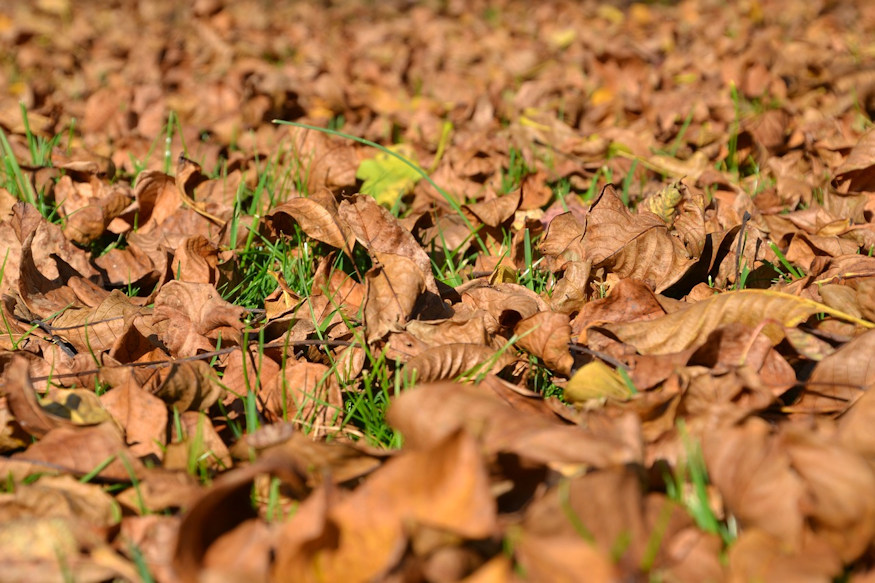
In addition to composting, there are alternative ways to put these leaves to good use. Leaf litter can serve as natural ground cover, providing a protective layer for your garden’s soil. It can also create cozy shelters for our spiky little friends, hedgehogs.
So, the next time your garden is blanketed in a colorful tapestry of fallen leaves, remember that they hold the potential to enrich your soil and enhance your garden’s vitality. As you embark on your composting journey, consider the nature of the leaves you’re dealing with, and you’ll be well on your way to a thriving, lush garden that Mother Nature would be proud of.

